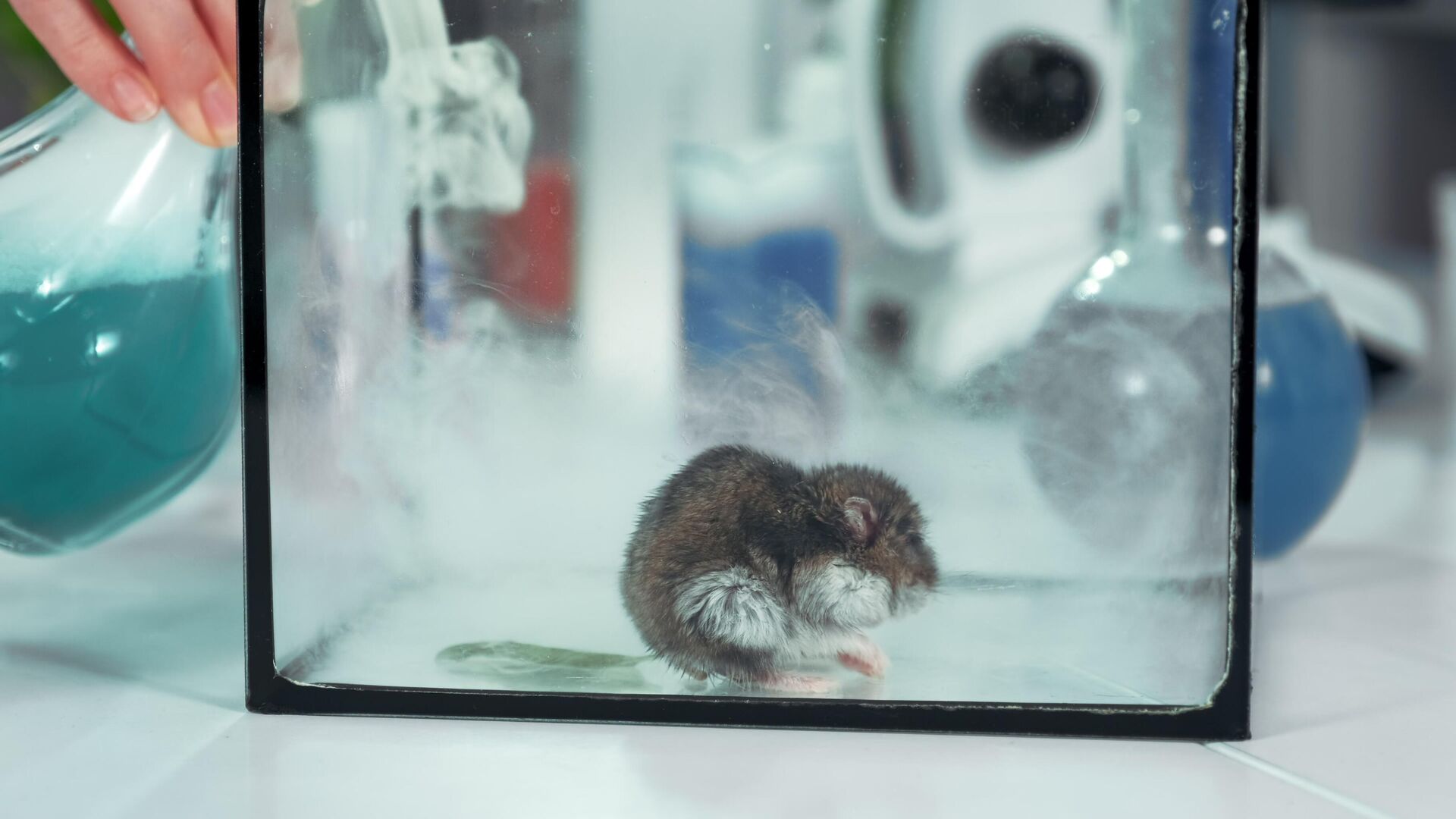
MOSCOW, November 15, Nadezhda Bekhova While the world is abandoning the use of capital punishment, in The United States is introducing increasingly sophisticated methods of carrying out sentences. Recently, an Alabama court allowed the death of a convicted person with nitrogen. They claim that this is more humane than lethal injections. But not everyone agrees.
Death penalty crisis
The death penalty has not yet been abolished in 54 states, but it is used extremely rarely. In 2022, this was done in 20 countries. Most executions occur in China, the Middle East, Africa, and the United States.
Lethal injections have been used in American prisons since the 1970s, but problems have arisen recently. Manufacturers no longer want to have anything to do with the death penalty.
Thus, in 2011, the United States stopped producing sodium thiopental, which was used, among other things, to euthanize animals. The EU then refused to export it. Some states have tried to switch to pentobarbital, but it is not as effective. Experiments with other drugs also did not help.
And the lethal injection procedure itself raises questions. For example, in 2009, a group of executioners in Ohio spent two hours trying to find a suitable vein in Romel Broome, who was sentenced to death for rape and brutal murder. In Florida in 2006, due to errors, the drug had to be administered twice. Since doctors do not agree to participate in executions, even for large sums of money (the code of ethics of physicians explicitly prohibits this), they are replaced by unqualified prison staff.
It is estimated that lethal injection fails in seven percent of cases. In general, the American authorities decided to find an alternative.
< br />
Why nitrogen is dangerous
The use of nitrogen in this capacity was proposed in the mid-1990s. They claim that this is more humane, citing the experience of euthanasia.
In 2008, the BBC aired the documentary How to Kill a Human Being. There they compared different methods of execution, including nitrogen asphyxiation. In 2014, there was a corresponding publication in Slate magazine, and a year later in the state of Oklahoma, this method was legalized as a backup option — if the injection does not work out.
Nitrogen is an inert gas, in the Earth’s atmosphere it is 78 percent, the rest is oxygen, as well as water vapor, argon, carbon dioxide. In this proportion, nitrogen is completely harmless. But an increase in its share due to oxygen leads to rapid loss of consciousness and death. This is how submariners and pilots died in accidents.
At high altitudes, the cockpit or cabin of an airliner must be sealed. Otherwise — hypoxia, oxygen starvation. This was studied by military scientists. Thus, in articles about nitrogen execution, the 1961 work of John Ernsting of the Royal Air Force of Great Britain is often cited. In his experimentvolunteers, inhaling pure nitrogen, lost consciousness after 20 seconds. At the same time, they allegedly did not experience any physical discomfort.
Breathing nitrogen, a person continues to exhale carbon dioxide. Its level in the blood does not increase, and accordingly, there is no, as they say, painful suffocation, burning or pain. There is no understanding of mortal danger. Consciousness disappears, and after five minutes brain cells begin to die — due to oxygen starvation.
But experiments on animals give a completely different picture. In recommendationsfor euthanasia, the American Veterinary Medical Association provides data from studies in rats. When the chamber was filled with nitrogen, the animals stopped breathing after about three minutes, and died after five or six. And there were signs of panic. “Loss of consciousness is preceded by open-mouth breathing and excessive breathing, which causes distress in non-avian species,” the document notes.
< br />
Deadly experiment
The nitrogen execution bill was proposed by Oklahoma State lawyer Michael Copeland. The rationale, prepared by him and two colleagues, argues that nitrogen asphyxiation is a humane method that is simple and does not require the participation of doctors. In addition, nitrogen is easy to obtain.
“Copeland is not a doctor, he has neither a medical nor a scientific background,” Scientific American quotes University of Richmond law professor Corina Barrett Lane. Additionally, there is no scientific data on nitrogen deaths.
«Claims that inhaling nitrogen causes a peaceful, less violent death are unfounded,» says Joel Zayvot, a professor of anesthesiology at Emory University.< br />
According to the American scientist Kevin Morrow, this is, in fact, an experiment on humans.
The first execution with nitrogen gas was scheduled to take place in Alabama on September 22. However, it was postponed due to administrative reasons.
«There's no protocol, there's no trained staff, they haven't explained how they'll do it, and no one has considered the possible threat to the staff if something goes wrong,» says Robert Dunham, executive director of the Death Penalty Center.
An execution like this requires a cell like this one. , which was used in the case of using hydrogen cyanide (this method was in effect in the USA until 1999). Or you need to put a mask on the condemned person.
«Nitrogen is colorless, odorless. A person does not notice it. Therefore, the court decided that death from it is mild. But it can become a source of mortal danger for personnel,» adds Dunham.< br />The other day, an Alabama court nevertheless set the dates for the world's first execution with nitrogen: January 25-26. Convicted killer Kenneth Smith himself asked for this after the lethal injection failure.

























































Свежие комментарии